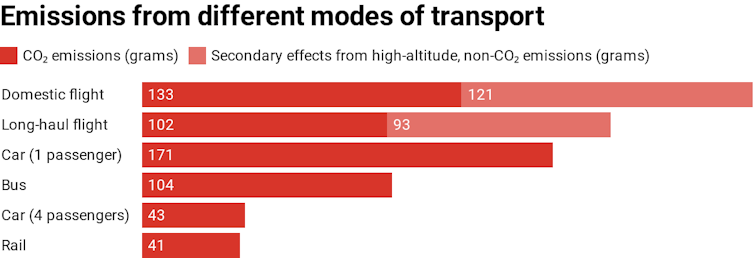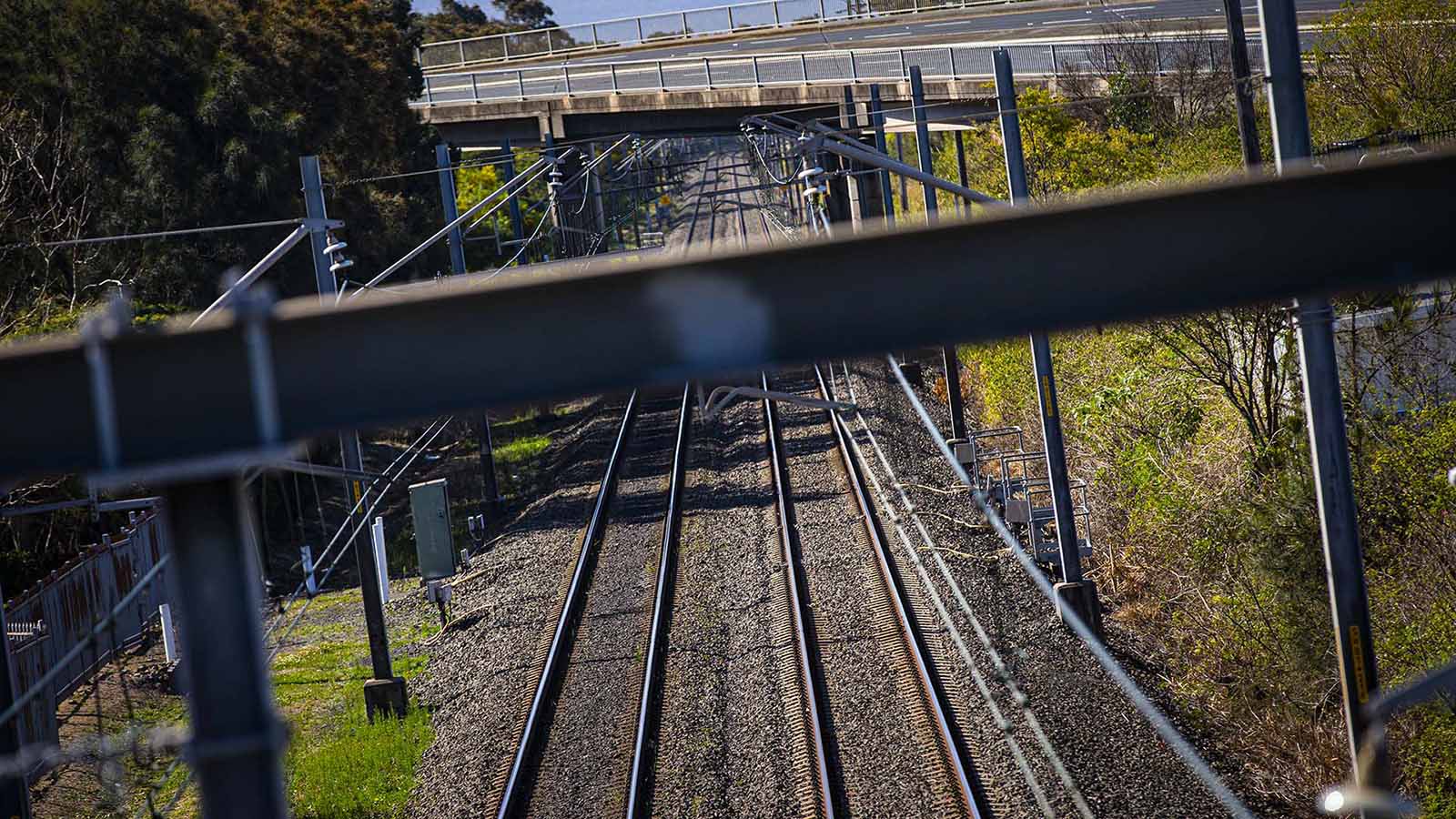August 23, 2023
Slow train coming
Only a genuine shift to rail will put NZ on track to reduce emissions
Both the Labour government and the opposition National Party have now released major transport polices that put the emphasis on maintaining and expanding roads.
The cost and priority of various projects will clearly be an election issue. But at the heart of the debate lies an inconvenient truth about climate change: encouraging road transport while needing to reduce carbon emissions simply does not add up.
We can see this tension in transport agency Waka Kotahi’s own policy statements: road safety and better travel options on the one hand, addressing sustainability on the other. But transport is responsible for 17% of New Zealand’s total greenhouse gas emissions.
Furthermore, road vehicle use has been increasing, as has the popularity of larger cars and SUVs that create more emissions per kilometre. Road congestion has become worse, with the popular response being to expand road capacity.
Hence the present government’s recently announced plans for a second harbour crossing in Auckland involving two road tunnels. And the main thrust of National’s Transport for the Future policy is on more urban and intercity roads. Both Labour and National favour a second Mount Victoria tunnel in Wellington.
In the background sits the government’s Rail Plan, which sets out the “vision and priorities for rail over the next decade and beyond”. But given the clear need for New Zealand’s transport policies to change, the planned improvements need to be on a fast track.
Light rail right next door
Cars and planes are convenient, but both have low energy efficiency compared to rail.

A car’s carbon emissions per passenger kilometre can be around four times that of domestic rail (as shown by the graph above, based on UK data).
The government’s transport plans for Auckland do include light rail, but National has promised to scrap the scheme if elected. Looking across the Tasman, however, there is good evidence that light rail should not be this contentious.
Few might have predicted that Queensland’s Gold Coast light rail network – G:link, which opened in July 2014 – would see six million riders in its first 12 months of operation. Work started on a second stage within 24 months, with construction of a third stage now under way.
The system has now seen more than 73 million paid passenger trips since it opened, with upwards of ten million trips likely in the 2022-23 year.
In 2019, three other new light rail systems opened in Australia: a short section in Newcastle, another in Canberra (where post-COVID patronage is recovering), and Sydney’s CBD and south-east line (where patronage is also bouncing back). Adelaide’s single line was also extended during the 2010s.
However, the combined patronage of all of these new light rail systems is far exceeded by Melbourne’s trams, now building back to pre-COVID levels of 205 million rides in 2018-19.
This is all part of a remarkable renaissance of light rail around the world. New Zealand could be part of this – if the will was there.
The freight factor
New Zealand’s historical shift from rail to road as the primary mode of freight transport has seen an ever-increasing dependence on trucks. While road freight grew steadily in the first two decades of this century, rail freight in 2021-2022 was the same as it was in 1999-2000.
Road freight does have some advantages, including point-to-point delivery and flexibility. But for many freight movements, using trucks rather than rail increases emissions by a factor of three. If reducing freight emissions is the goal, shifting some from road to rail is a logical solution.
Rail will therefore have to increase its own energy efficiency, including through more electrification of rail routes such as the Auckland-Hamilton-Tauranga and Palmerston North-Waikanae links.
While this was hinted at in the government’s 2023 budget, it doesn’t appear in the recently released draft government statement on land transport.
Increasing the allowable axle loading for freight wagons across the rail network would also allow trains to carry heavier loads, improve efficiency and reduce emissions.
Finally, the North Island main trunk needs upgrading to make the track straighter and allow trains to go faster. In turn this will make rail more attractive and help reduce emissions.
When’s the next train?
Clearly, roads need to be maintained, and New Zealand’s road network has to be made more resilient to adverse weather impacts. But expanding road capacity at the expense of a more efficient rail system and improved public transport is a recipe for increasing emissions.
While road congestion in major cities is a problem, overseas experience tells us that more road capacity only increases vehicle use. The net result is more, not fewer, transport emissions.
It would make more sense to upgrade the rail network to move more freight and transport more urban and intercity passengers. In fact, the Transport and Infrastructure Select Committee has recently recommended that the Ministry of Transport investigate how the Rail Plan could better incorporate inter-regional passenger rail.
But New Zealand needs to move beyond recommendations. As the International Energy Agency has noted: “Rail transport is the most energy-efficient and least carbon-intensive way to move people and second only to shipping for carrying goods.”
Whichever parties form the next government have an opportunity to put New Zealand transport on the right track. On the evidence so far, however, it could be a slow train coming.![]()
Philip Laird, Honorary Principal Fellow, University of Wollongong
This article is republished from The Conversation under a Creative Commons license. Read the original article.
UOW academics exercise academic freedom by providing expert commentary, opinion and analysis on a range of ongoing social issues and current affairs. This expert commentary reflects the views of those individual academics and does not necessarily reflect the views or policy positions of the University of Wollongong.
